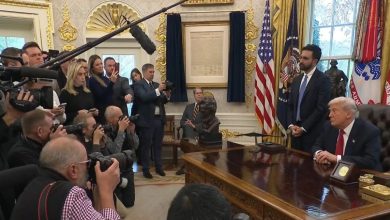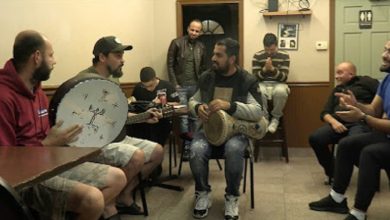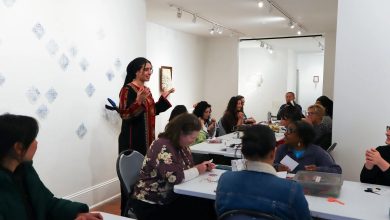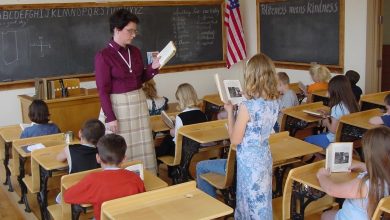Muslims in Arizona: Demographics, Community Institutions, and Influence
Exploring the history, institutions, and future of Arizona’s diverse Muslim population.
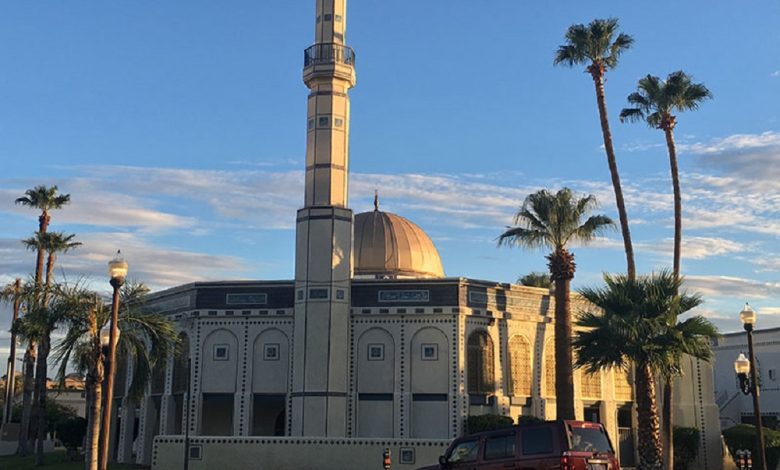
Muslims in Arizona make up a small but growing and increasingly visible part of the state’s religious and cultural landscape. Spread across urban centers such as Phoenix, Tempe, Tucson, and smaller towns, the community is diverse in national origin, sect, and socio‐economic status.
2. Historical Background and Immigration Waves
-
The presence of Muslims in Arizona dates back several decades, largely sparked by students, academics, and immigrants. For example, the Islamic Center of Tucson traces its roots to students and professors at the University of Arizona in the 1960s.
-
Later waves include refugees from the Middle East, South Asia, and North Africa. These newer arrivals have expanded the community beyond earlier enclaves of converts and long-term U.S. residents.
3. Demographics & Population Estimates
-
According to mosque surveys, there are about 35 mosques in Arizona as of 2020.
-
The state’s Muslim population is still a small portion of the total (much under 5%), but growth trends indicate increasing numbers over time due to immigration, natural growth, and conversions. (Exact census figures are harder to pin down reliably.)
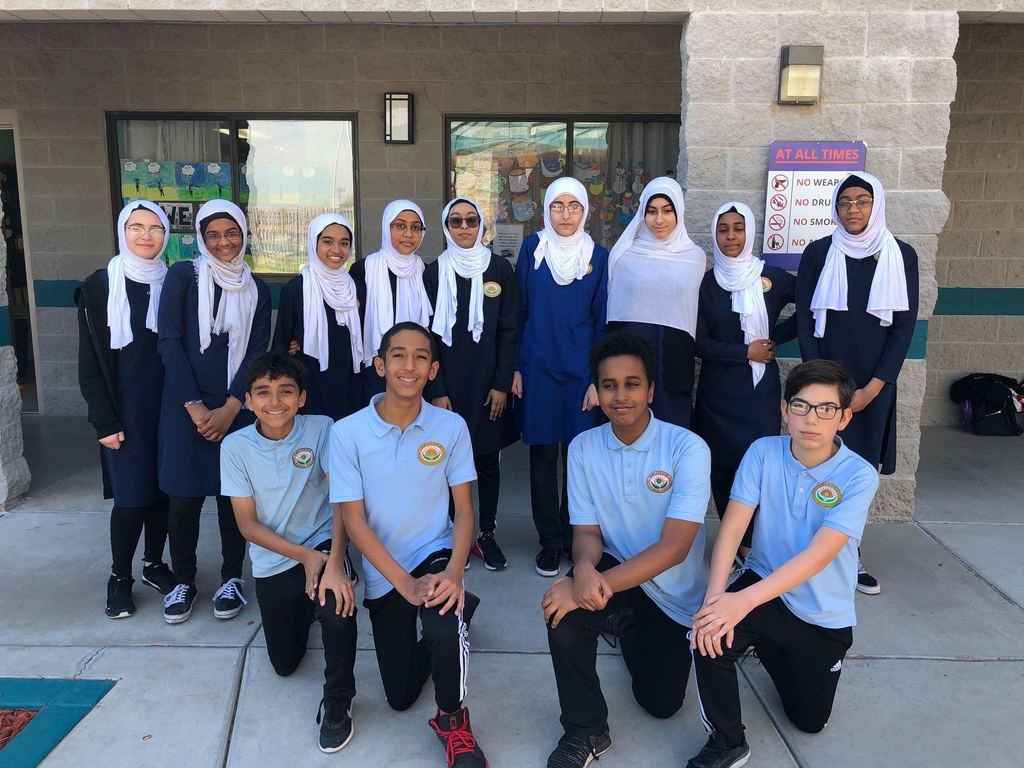
4. Major Community Institutions & Mosques
-
Islamic Community Center of Phoenix (ICCP): Founded in 1982, moved into its present premises in 1997, serving thousands of Muslims in the Phoenix metropolitan area. Offers full congregational services, religious education, outreach.
-
Islamic Center of Tucson (ICT): Serves southern Arizona; originally started with university populations but now more broad. Friday prayers often bring large congregations.
-
Islamic Center of Tempe (ICC Tempe): Established in 1984 near ASU; its architecture (gold dome, minaret) is notable. It hosts diverse congregations from many national origins. Offers social services, school services, etc.
5. Education & Muslim-run Schools
-
The Arizona Cultural Academy (ACA): A full K-12 Islamic school in Phoenix, established in 2001. It is one of the larger Islamic schools in the state.
-
In other centers, mosques often provide weekend or evening classes, Quran study circles, religious education for children and adults.
6. Organizations & Social Services
-
The Arizona Muslim Alliance (AMA): Founded in ~2015 (or 2016) by Muslim leadership; acts as a federation of 30+ Muslim-led organizations across the state. Its goals include uniting organizations, amplifying Muslim voices, providing social services.
-
Many mosques and centers provide charitable services, Zakat distribution, community support for refugees and immigrants.
7. Interfaith & Civic Engagement
-
Muslim leaders in Arizona are active in interfaith dialogue. For example ICCP’s imam is involved in fostering relationships with other religious communities. Public perceptions have been shaped by national debates, media, but Arizona Muslims work locally to address misconceptions and engage with the wider public. Tucson’s Muslim diaspora has been described as diverse and working to counter stereotypes.
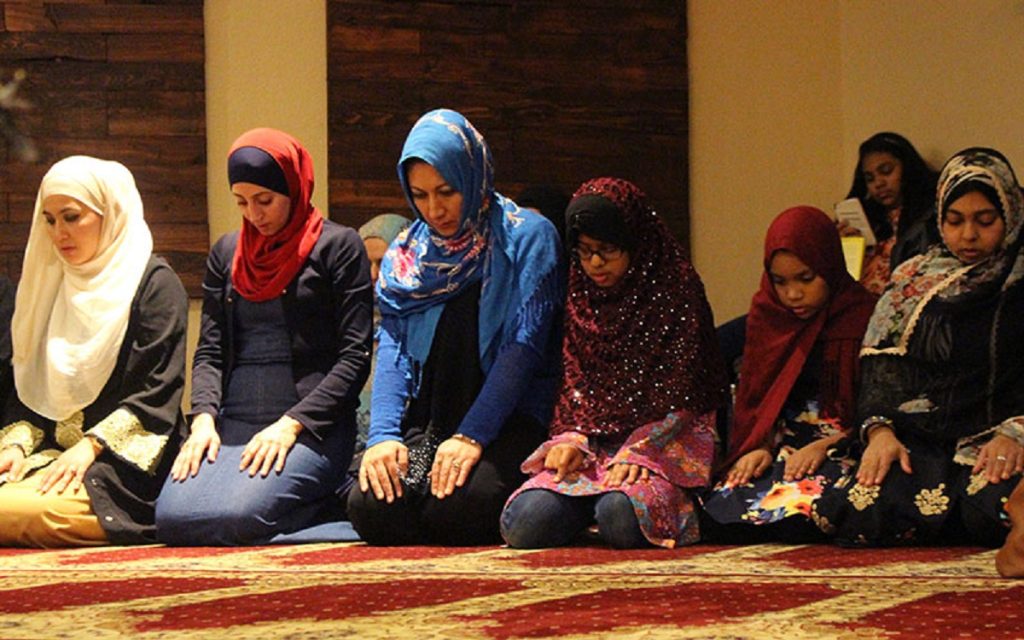
8. Challenges and Public Perceptions
-
Misconceptions and Islamophobia remain an issue, particularly in media portrayal and occasional incidents.
-
Balancing immigrant experiences, language, cultural integration, and religious identity can be challenging, especially for younger generations.
-
Facilities, capacity, community resources may be stretched, especially around major events like Ramadan, Friday prayers, etc.
9. Future Trends
-
Continued growth driven by immigration and family formation.
-
Expansion of Muslim-run schools and institutional infrastructure.
-
Increasing political participation and civic engagement.
-
Enhanced interfaith cooperation and visibility in community service could help improve public understanding.
